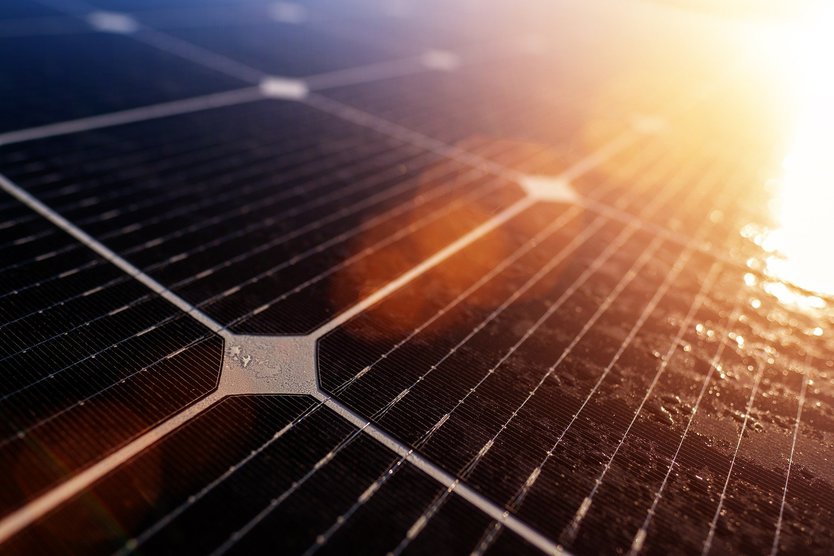
By latticing layers of three different materials in conjunction, the solar energy yield is dramatically increased.
© Pixabay
The limitations of silicon-based solar cells have driven researchers to find more effective materials. One promising category is “ferroelectric” cells (typically made from barium titanate), so called because the asymmetric crystals exhibit spontaneous electric polarisation. Unlike silicon, they do not require a “PN junction” and are therefore easier to manufacture, as well as being more durable.
To date, scientists have only been able to generate a low electrical charge from barium titanate cells. But this is about to change. The latest research from the Martin Luther University Halle-Wittenberg (MLU however has shown that by latticing layers of three different materials in conjunction, the solar energy yield is dramatically increased.
"The important thing here is that a ferroelectric material is alternated with a paraelectric material. Although the latter does not have separated charges, it can become ferroelectric under certain conditions," explains Dr Akash Bhatnagar from MLU’s Centre for Innovation Competence SiLi-nano in a press release.
Bhatnagar’s team embedded the barium titanate between a layer of strontium titanate and calcium titanate. The 200 nanometre-thick material was made up of 500 separate layers. When the new hybrid cell was irradiated with laser light, the current was found to be up to 1,000 times stronger, a discovery which took them by surprise. "The interaction between the lattice layers appears to lead to a much higher permittivity - in other words, the electrons are able to flow much more easily due to the excitation by the light photons," says Bhatnagar.
The reproducible results have spurred the team on to do further research into exactly what causes the PV effect. The study was supported by the Federal Ministry of Education and Research (BMBF), the Deutsche Forschungsgemeinschaft (German Research Foundation, DFG) and the European Regional Development Fund (ERDF).


